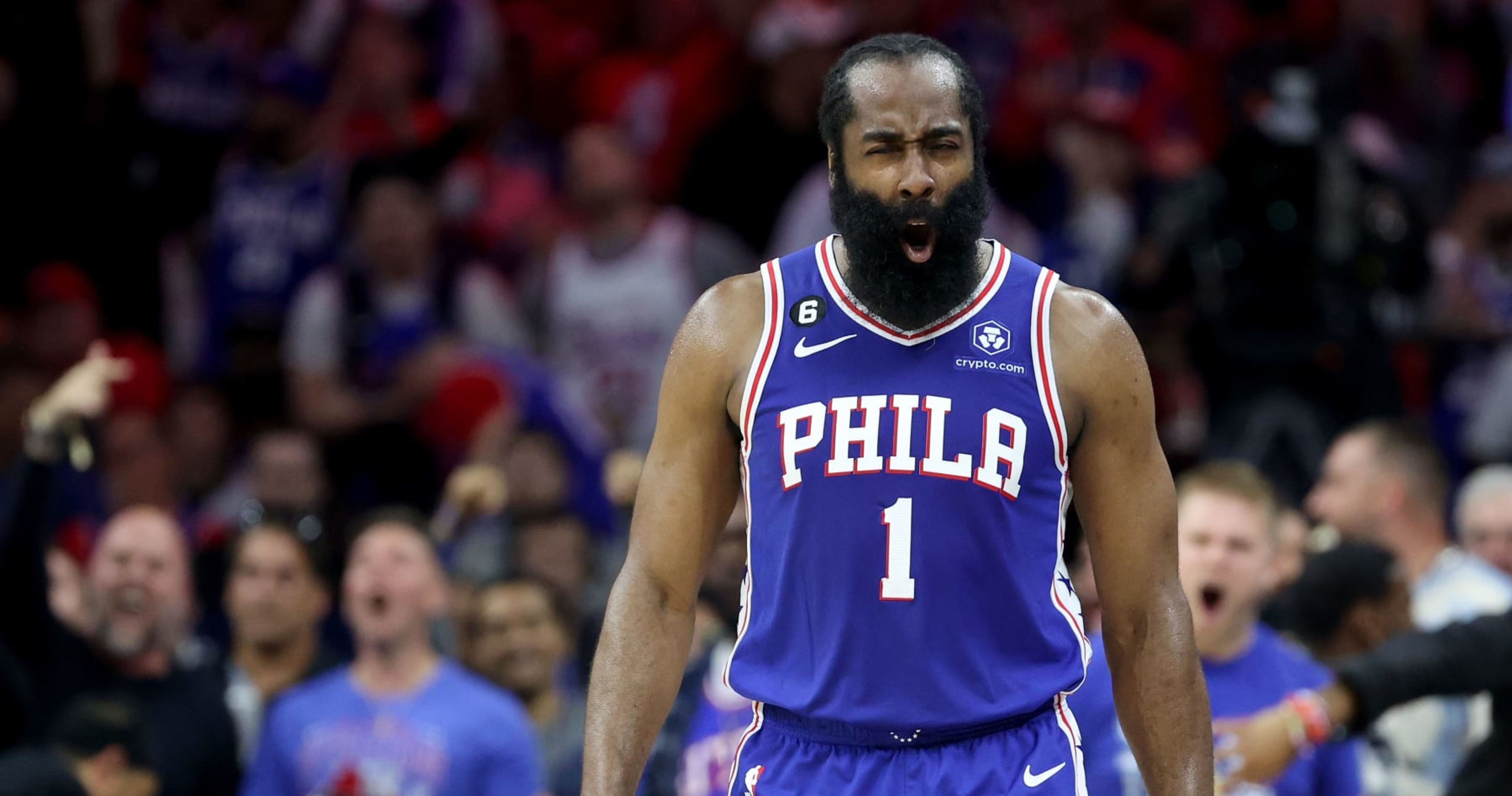hihi someone explain what a sign and trade means? Other than the obvious . Who does this benefit and does the team signing and trading every get anything useful?
Thanks
The NBA's salary cap and player contract rules are super complex and there are some wrinkles to be taken advantage of if a player is signed to a contract by their previous team and dealt to the team they intend to go to vs just signing with the new team as a free agent. Chiefly:
1) In some situations the old team is capable of offering a larger/longer contract than the new one based on rules designed to help teams retain their players. For example, a player whose current/last team has his "bird rights" (a cap quirk created to help teams retain stars by allowing them to work around the salary cap rules a little bit) can offer him a larger year-over-year pay increase on a new contract, and I believe also an extra year on the contract compared to a new team that doesn't have those rights.
2) The acquiring team may not be able to easily take the team on the new player's salary given their cap situation, so a sign-and-trade allows them to ship salaries out in the process of bringing the new player in so that they remain cap compliant. This can be easier than trying to cut guys (with associated cap penalties) or work out trades with other teams who may be less interested in helping you acquire the new guy and charge a steeper price.
Generally in sign and trades the team trading the player away doesn't get anything
massive. It's mostly a case of "you're getting more than you'd get if he left for nothing as a free agent."
The biggest things that the sending team usually gets is a "trade exception" which is like a voucher for a cap hit equal to the salary of the traded away player and allows the team to then acquire players within that exception's value without screwing up their cap setup (mostly in cases where they are over the cap because of allowable overages like retaining players with bird rights or signing guys to contracts designed to be excepted from counting against the cap.)
They may also get a draft pick (usually of middling or low value. It's not like these deals often send players to teams willing to part with expected lottery picks) or a depth player or young prospect with significant warts.
Just as examples:
The Raptors traded Chris Bosh to Miami in 2010 for 2 first round draft picks (Miami's lottery protected pick in 2011 and Toronto's own 2011 pick that they had previously dealt to the Heat in a different trade) and a $16.5m trade exception. The team eventually used like $4m and change of that exception in trades that I can't pinpoint an appear to have let the rest of it lapse after being unable to find a suitable deal to take on money with (they are only valid for a year). Their own 1st round pick that they reacquired in the deal ended up as the 5th pick and was used on Jonas Valanciunas. They traded Miami's pick (28th) to Chicago for James Johnson.
When they dealt Kyle Lowry to the Heat before the 2021-22 season they got back Goran Dragic and Precious Achiuwa. There was no trade exception because the salaries more or less matched. Dragic was later flipped to San Antonio for Thaddeus Young.
so basically the returns on sign and trades are often not that huge. Toronto getting their own 2011 pick back in the Bosh deal was big and its value was more or less predicated on them sucking for that 10-11 season but the value is that you get
something in the deal for helping the other team facilitate taking in that player (because the good teams that want expensive players via sign and trade usually are cap-strapped enough that they can't simply sign the guy to a huge contract in free agency) vs just getting nothing if he walks in free agency




